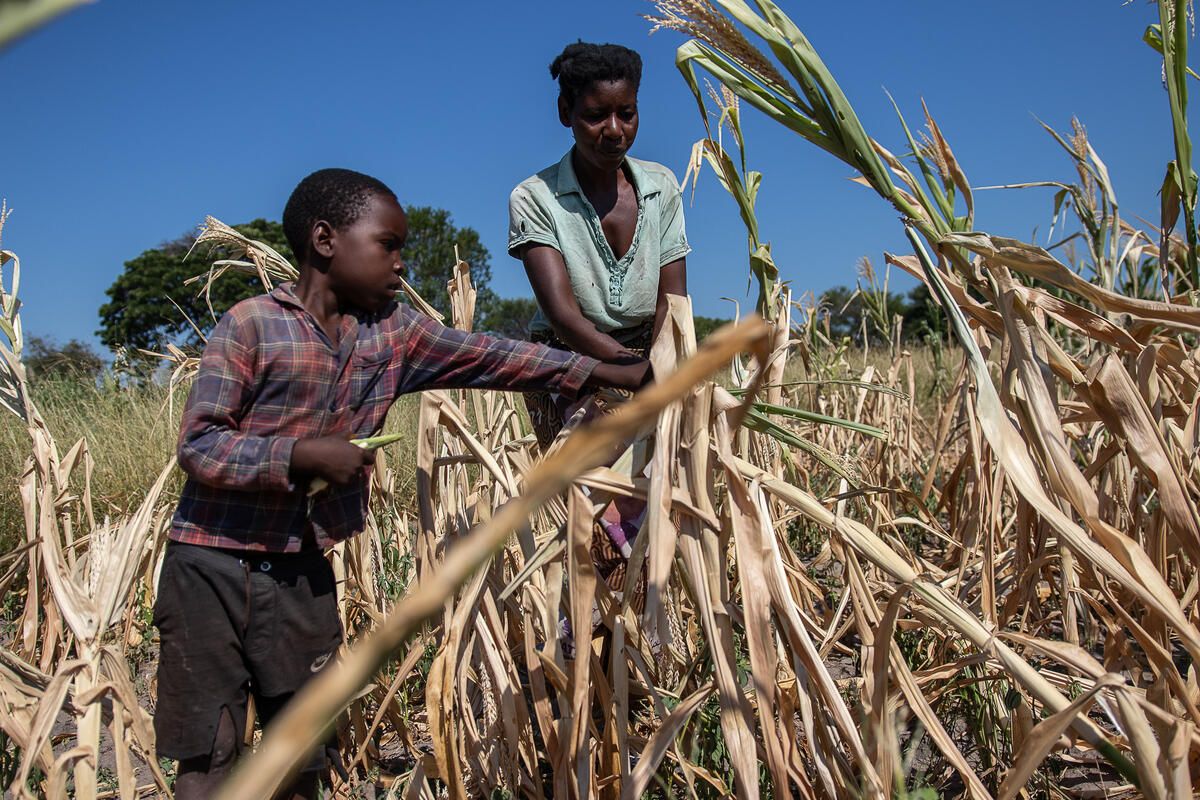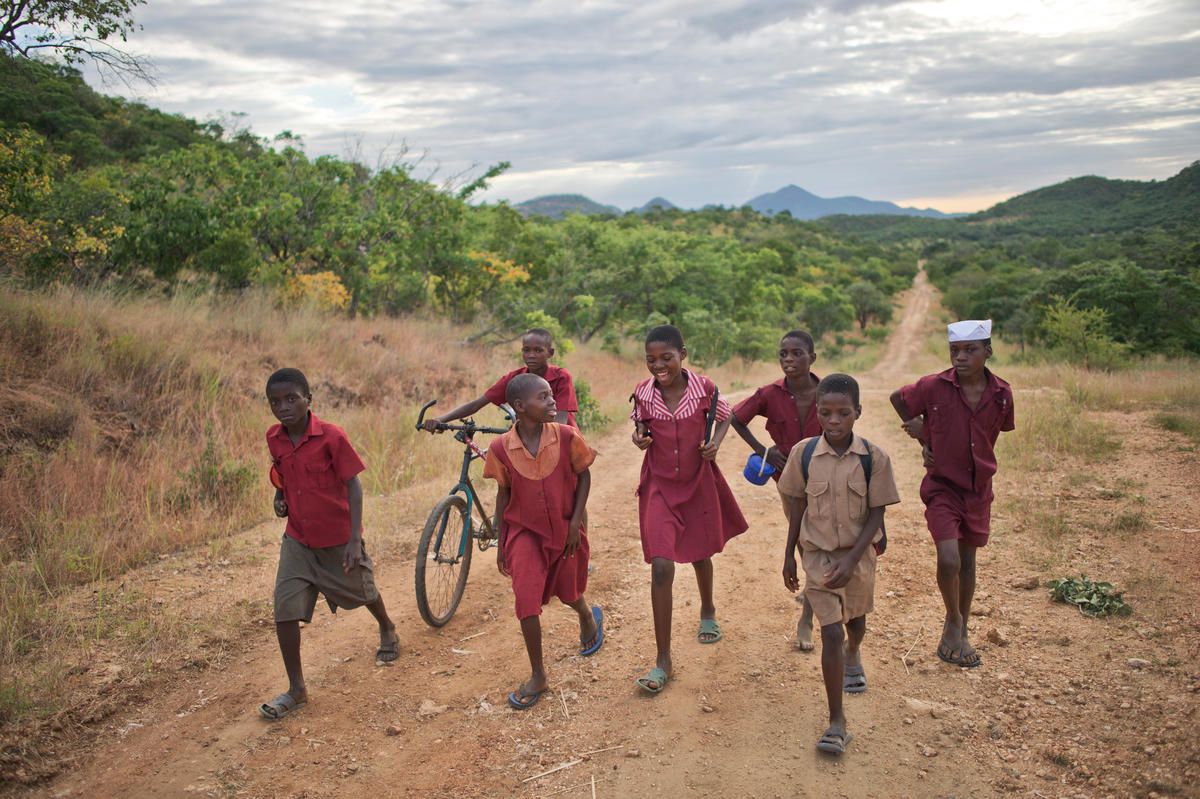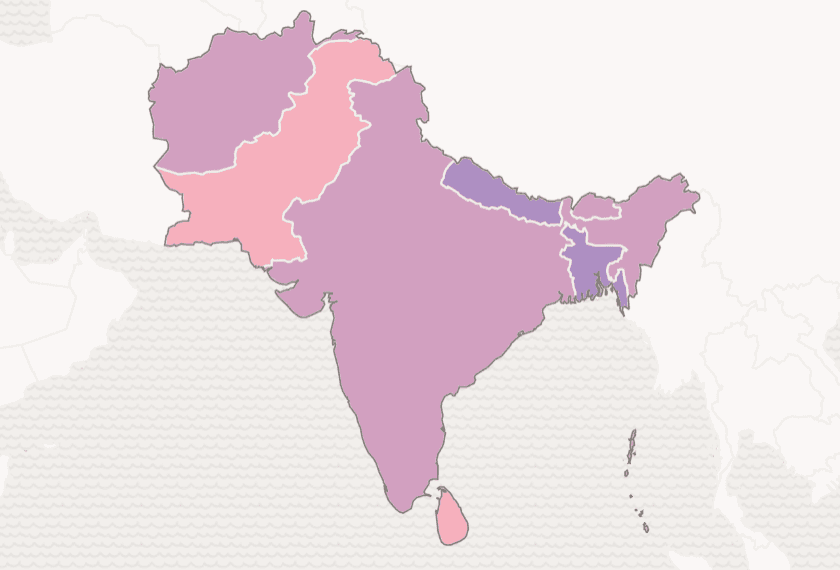Highlighted Stories

Child poverty and the Climate Crisis: A Disproportionate Burden
This blog was first published on the new Child Benefit Tracker, a joint partnership by Save the Children, UNICEF and ILO to establish a one-stop-shop to track countries' pathways to expanding child benefits.
How are Climate Risks jeopardizing the SDG of ending extreme child poverty?
The climate crisis is not a distant risk, but is already threatening children’s rights and their well-being here and now. Estimates suggest that 4 out of 5 children face at least one extreme climate event – floods, cyclones, droughts, wildfires etc. – every year. These climate risks threaten the global goal of ending extreme child poverty. They push people further into poverty or prevent others from escaping it, undermining current efforts to alleviate poverty. A new report by the Global Coalition to End Child Poverty looks at the nexus between climate change and child poverty. Children living in poverty are often more likely to suffer harm, as they for instance live in lower-quality housing, experiencing already food insecurity or other health issues, and may have inadequate access to information. And once affected by a cliamte disaster, children in poverty have often fewer capacities to cope with and adapt to the effects, as their families might be already monetarily poor, have more vulnerable livelihoods or limited access to social protection. A new analysis for this report illustrated the impact of extreme weather events on multidimensional child poverty, focusing on floods in Nigeria, Uganda and Malawi: children living inside a 5km buffer zone of flooded areas were on average 48 per cent more likely to experience multidimensional poverty compared to children living outside of this buffer zone, even after adjusting for other possible determinants of child poverty. As a result, climate change and child poverty reinforce each other: not only are children living in poverty more vulnerable to the effects of disaster or environmental stress, but these effects also increase their likelihood of living in poverty – establishing a vicious cycle.
Are children living in poverty more exposed to climate shocks?
Children in low- and middle-income countries often bear the brunt of climate change and its impact – despite contributing least to it. A study by the World Bank showed that countries home to half of the population living in extreme poverty contribute only 3 per cent of global emissions. Our analysis in this report went even deeper and combined for the first-time detailed child poverty data on a subnational level with information on climate risks for 83 low- and middle-income countries. We find that children living in poverty are particularly exposed to the impacts of extreme weather events: 3 out of 10 children live in provinces with above-average rates of child poverty and climate risks.
However, we also found that the link between subnational level of child poverty and exposure to climate risks is complex: while in some world regions poorer provinces are more exposed to some climate risks, for other risks or world regions we find the opposite relationship or no link at all. This reiterates the importance to conduct national and local analyses on the link between child poverty and climate hazards.
What policies and programmes can mitigate the impacts of climate shocks on vulnerable children, in particular?
Luckily, we already know what is needed to end child poverty. Contexts may vary significantly, but a core policy agenda to address the key issues involves the following: 1) Making child poverty reduction a national priority; 2) Expanding child-sensitive social protection; 3) Improving access to and prioritising funding of quality public services; and 4) Promoting a decent work and inclusive growth agenda. Child-sensitive social protection programmes are particularly important to strengthen households’ resilience and coping strategies in response to climate shocks, stresses and hazards. It is particularly important to invest in strong routine social protection systems, including child benefits, and enhance their shock responsiveness. Unfortunately, statutory child benefit schemes are often lowest in the countries at the forefront of the climate crisis: across countries considered by UNICEF to face extremely high climate risk only 10% of children are covered with child benefits. In contrast, countries facing somewhat lower climate risk have on average coverage rates of 39%, almost four times higher. To withstand climate shocks, countries need to increase preparedness and build resilience - investment in social protection policy frameworks and operational systems that allow for rapid scale up to reach populations, especially children living in poverty, are essential for both!
Read the original blog on the Child Benefit Tracker and explore data on child benefits around the world in our new data tool.
Related stories

Mapping Child Poverty: Using Machine Learning to provide a more Granular Picture of Child Poverty in Sub-Saharan Africa
Child poverty (PO)
2023-10-17

How a Soap Opera Helped to Reduce Child Marriage
Child protection (CP)
Child protection (CP)
2025-12-09